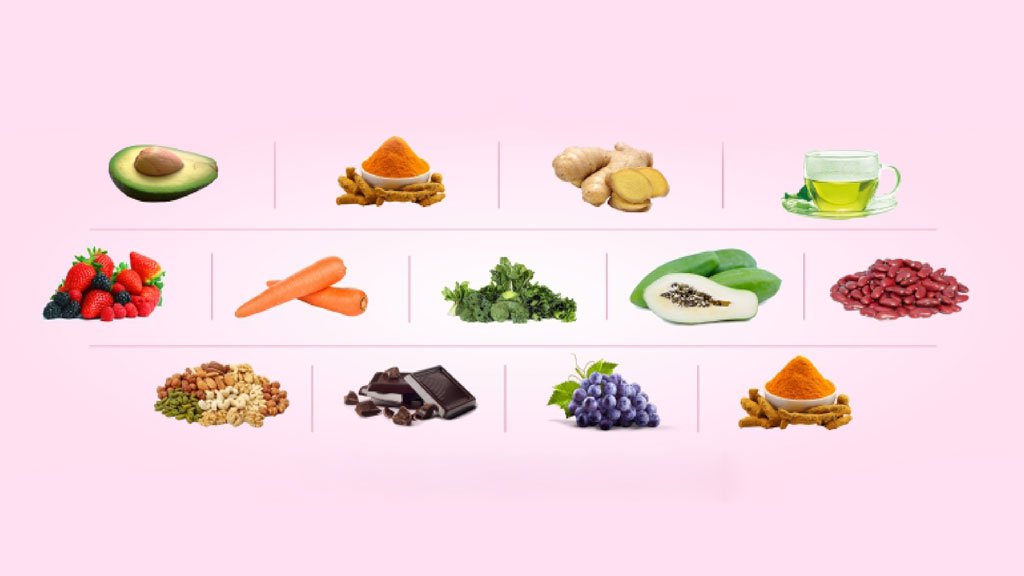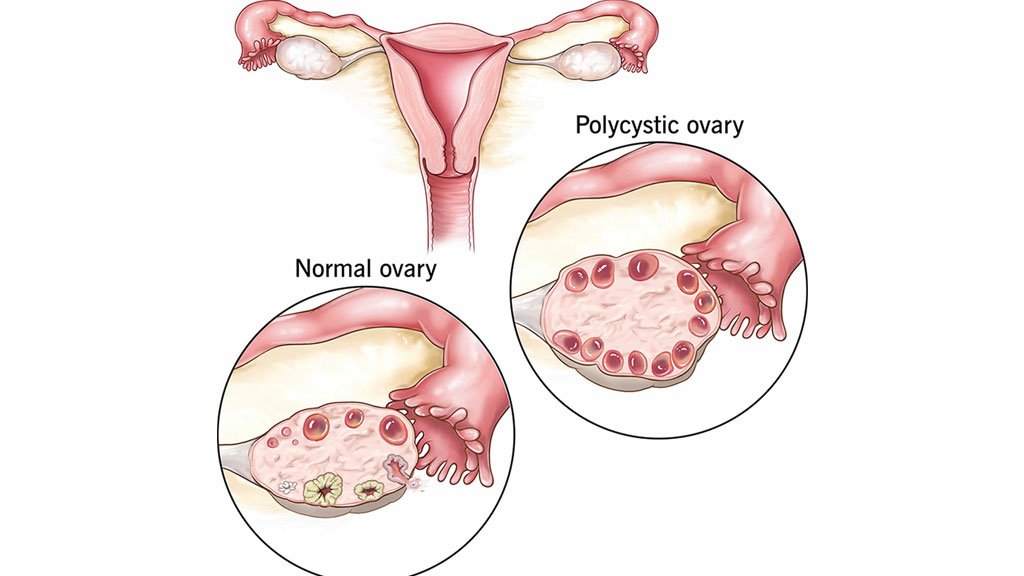The menstrual cycle, beginning at puberty, typically spans 24 to 38 days with bleeding lasting 5 to 8 days. This phase often brings symptoms like cramps, back pain, mood swings, nausea, and fatigue. These discomforts are natural, but your diet can play a crucial role in alleviating them and supporting a regular cycle.
Hydration and nutrition are key. Water-rich fruits like watermelon and cucumber not only keep you hydrated but also help satisfy sugar cravings. Leafy greens such as spinach and kale are excellent sources of iron and magnesium, replenishing what is lost during menstruation. Turmeric, known for its anti-inflammatory properties, can ease menstrual discomfort.
Let’s explore the best foods to eat during your period and the benefits they offer.
Top 20 Best Foods to Eat During Your Period
- Fruits
Hydrating fruits like watermelon and cucumber combat bloating and dehydration. Vitamin C-rich fruits (like oranges and lemons) help absorb iron better, supporting energy levels. - Ginger
This anti-inflammatory root reduces cramps and nausea. Enjoy it as ginger tea, but keep intake under 4g daily to avoid side effects like heartburn. - Chicken
Rich in iron and protein, chicken helps replenish iron lost during bleeding and keeps you feeling full and energized. - Fish
Omega-3 fatty acids in fish like salmon help reduce cramps and improve mood. Their iron and protein content make fish a nutritional powerhouse. - Leafy Greens
Spinach, kale, and broccoli boost iron, magnesium, and calcium levels, relieving fatigue, dizziness, and cramps. - Dark Chocolate
Loaded with magnesium and iron, dark chocolate curbs sugar cravings while easing cramps and lifting your mood. - Water
Staying hydrated can reduce bloating, prevent headaches, and support digestion during menstruation. - Flaxseed Oil
Rich in omega-3 (ALA), flaxseed oil reduces inflammation, mood swings, and digestive issues like constipation. - Lentils & Beans
Great plant-based sources of protein and iron, perfect for vegetarians or vegans. - Peppermint Tea
This soothing tea eases cramps, nausea, and digestive discomfort while offering a calming effect. - Turmeric
Its active compound, curcumin, helps reduce inflammation and menstrual pain. - Yogurt
Packed with calcium and probiotics, yogurt supports muscle function and vaginal health, reducing infection risk. - Quinoa
Rich in iron, protein, and magnesium, this gluten-free grain promotes satiety and energy. - Kombucha
This fermented drink offers probiotic benefits similar to yogurt, balancing digestion and hormones. Choose low-sugar versions. - Tofu
High in plant-based protein, iron, and calcium, tofu helps manage estrogen-related symptoms like bloating. - Eggs
Eggs provide essential nutrients like protein, iron, B vitamins, and healthy fats that help restore energy levels. - Oatmeal
High in fiber, iron, and vitamins, oatmeal promotes digestion, reduces PMS symptoms, and provides sustained energy. - Salmon
Rich in omega-3 and antioxidants, salmon relieves cramps and supports overall menstrual health. - Nuts
Walnuts, almonds, and cashews offer protein, healthy fats, and magnesium to reduce cramps and curb cravings. - Strawberries
These antioxidant-rich fruits lift mood, reduce oxidative stress, and support hormonal balance.
Foods to Avoid During Periods
Certain foods can worsen symptoms like bloating, cramps, or mood swings:
- High-Sodium Foods: Cause bloating and water retention.
- Sugary Foods: Lead to energy spikes and mood fluctuations.
- Caffeine: Triggers bloating and headaches; may worsen digestive issues.
- Spicy Foods: Can irritate the stomach, especially if you’re not used to them.
- Red Meat: High in prostaglandins, which may increase menstrual cramps.
Benefits of Eating the Right Foods During Periods
- Reduces Inflammation: Omega-3-rich foods like flaxseed, fish, and walnuts ease cramps.
- Alleviates Pain: Vitamin C and iron-rich foods support muscle relaxation and reduce cramps.
- Improves Mood: Calcium and magnesium in dairy, leafy greens, and nuts help combat mood swings.
- Curbs Cravings: Whole grains and healthy fats promote satiety.
- Relaxes Uterus & Nerves: Magnesium-rich foods like bananas and teas like chamomile calm the body.
- Supports Regular Cycles: Foods like papaya and aloe vera encourage hormonal balance.
How to Include Period-Friendly Foods in Your Diet
Incorporate these nourishing foods through simple, comforting meals:
- Ginger Tea: Soothes cramps and supports digestion.
- Fruit & Veggie Smoothies: Iron-rich options like apple-spinach smoothies energize and fight fatigue.
- Jaggery Ladoo: Satisfies sweet cravings while supplying iron and anti-inflammatory nutrients.
- Sabudana Khichdi: A wholesome, carb-rich meal that sustains energy and suppresses hunger.
- Gajar Ka Halwa: Carrot-based dessert offering Vitamin A, calcium, and iron for reducing inflammation and fatigue.


